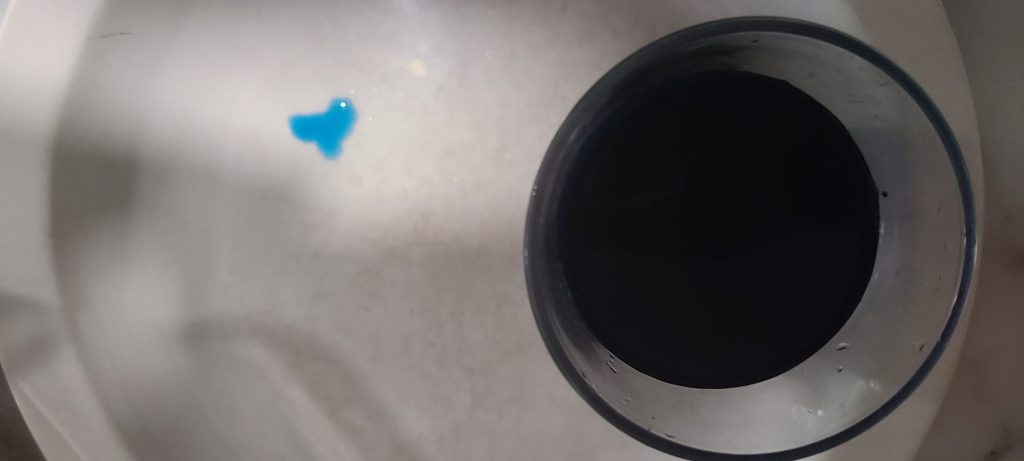How Long Does Methylene Blue stay in the body? The Answers you need to know.
Factors that inflence how long Methylene Blue stays in the body ?
The amount of methylene blue administered significantly affects how long it stays in the body.
- Typical medicinal doses: Usually range from 1-2 mg/kg of body weight.
- Higher doses: May be used in specific medical conditions like methemoglobinemia.
Example: A study on methemoglobinemia treatment found that patients receiving a 2 mg/kg dose had detectable levels of methylene blue in their plasma for up to 72 hours, while those receiving a 1 mg/kg dose cleared the substance within 48 hours.
2. Route of Administration
The way methylene blue enters the body affects its absorption, distribution, and elimination.
- Intravenous (IV): Fastest absorption, typically used in emergency situations.
- Oral: Slower absorption, often used for diagnostic procedures or as a urinary tract antiseptic.
- Topical: Slowest absorption, used in certain surgical procedures for tissue staining.
Example: In a case report of a patient receiving methylene blue for vasoplegic syndrome post-cardiac surgery, IV administration resulted in peak plasma concentrations within 30 minutes, with significant clearance observed after 24 hours.
3. Individual Metabolism
Genetic factors and overall health can influence how quickly a person processes methylene blue.
- Enzyme variations: Differences in enzymes like NADPH-methemoglobin reductase can affect metabolism rates.
- Age: Older individuals may metabolize the compound more slowly.
Example: A pharmacokinetic study found that healthy young adults (20-30 years old) eliminated methylene blue about 20% faster than older adults (60-70 years old) when given the same weight-adjusted dose.
4. Kidney Function
Since methylene blue is primarily excreted through urine, kidney health plays a crucial role in its elimination.
- Normal kidney function: Typically results in faster clearance.
- Impaired kidney function: Can lead to prolonged presence in the body.
Example: Patients with chronic kidney disease (CKD) undergoing hemodialysis showed methylene blue retention for up to 96 hours after a standard dose, compared to 48-72 hours in patients with normal kidney function.

Additional factors that influence how long methylene bule will stay in the body
- Drug Interactions: Certain medications, particularly those affecting serotonin levels (like SSRIs), can interact with methylene blue and potentially prolong its effects.
- Accumulation: With repeated doses, methylene blue can accumulate in tissues, particularly in the skin, leading to a bluish discoloration known as “blue man syndrome” in rare cases.
- Impact on Medical Tests: Even after methylene blue is no longer detectable in blood or urine, it can continue to affect certain medical tests:
- Pulse oximetry readings may be inaccurate for up to a week.
- Some laboratory tests, particularly those relying on colorimetric analysis, may be affected for several days.
- Half-life: The half-life of methylene blue (time taken for half the substance to be eliminated) is approximately 5-6.5 hours in most individuals with normal kidney function.
Understanding these factors is crucial for healthcare providers when administering methylene blue, as they need to consider potential interactions, adjust dosages for patients with impaired kidney function, and be aware of how long the substance might affect diagnostic tests.
